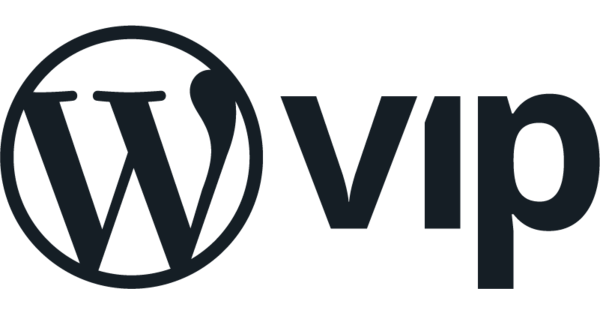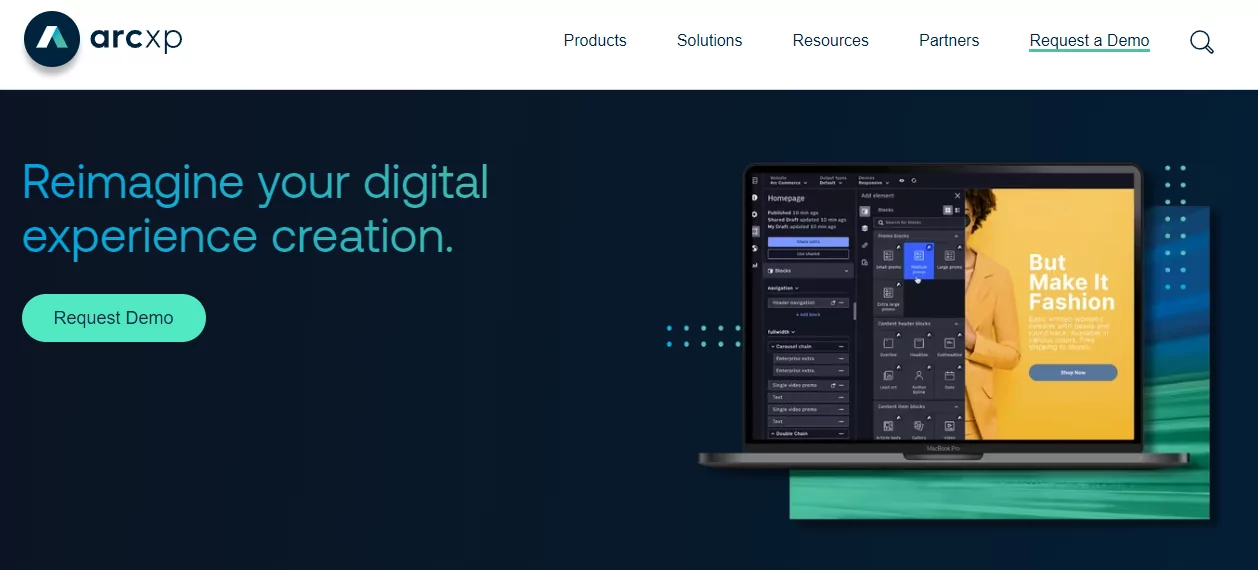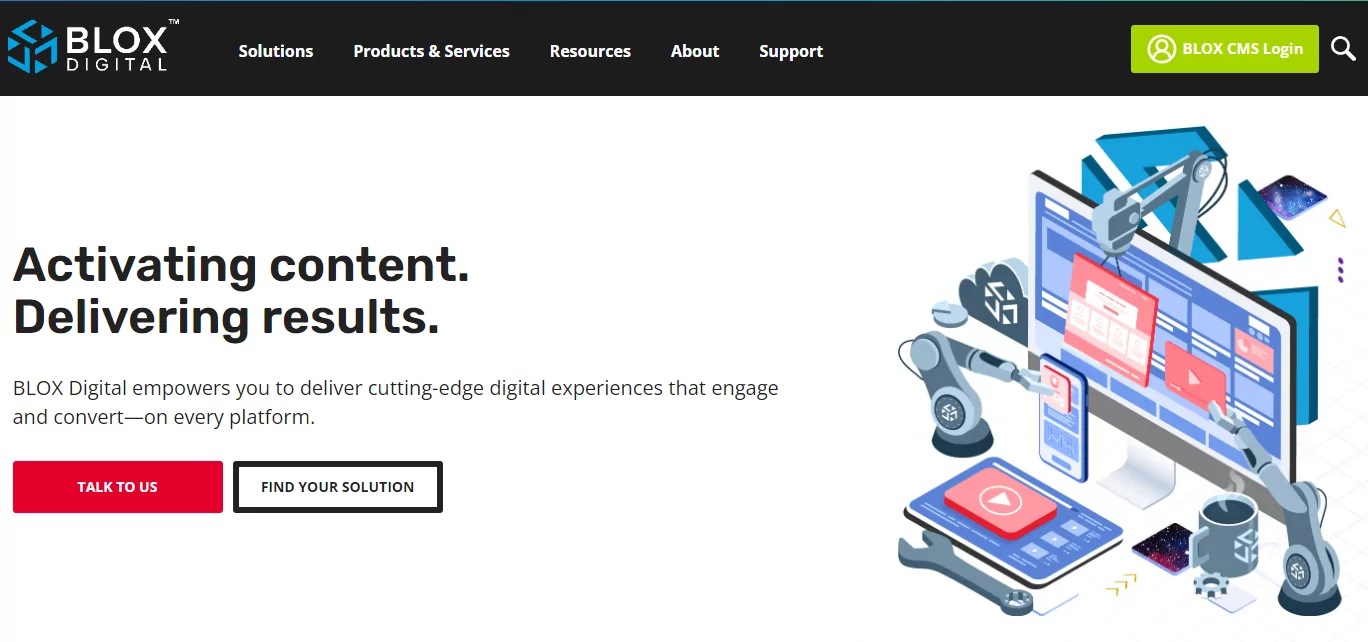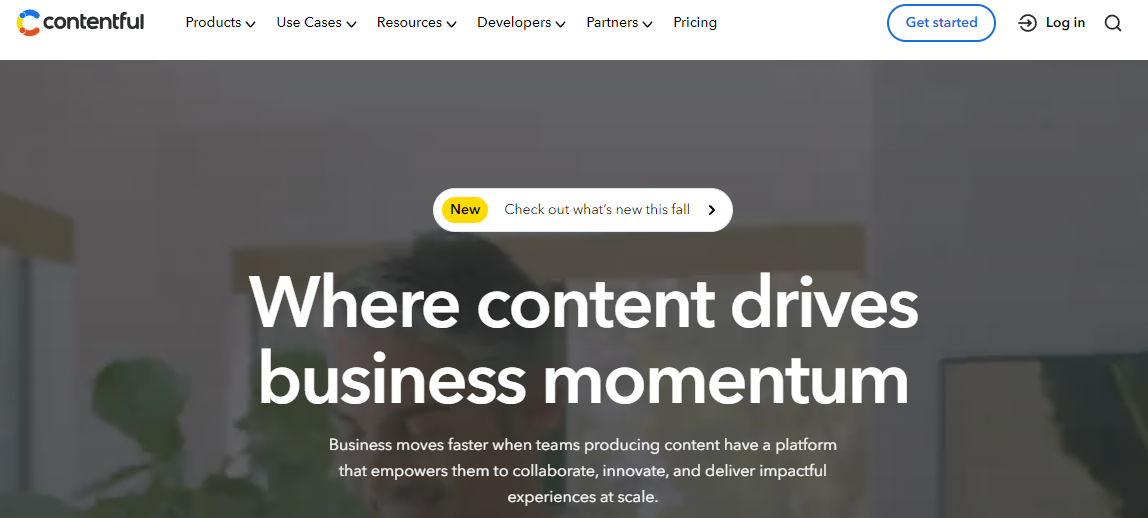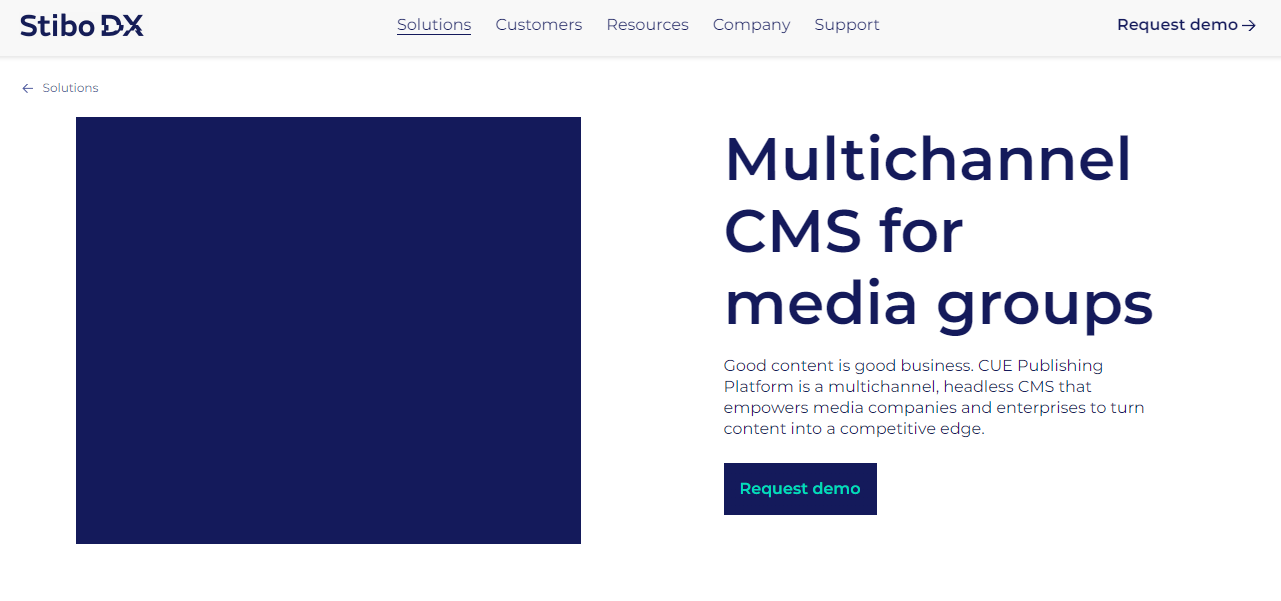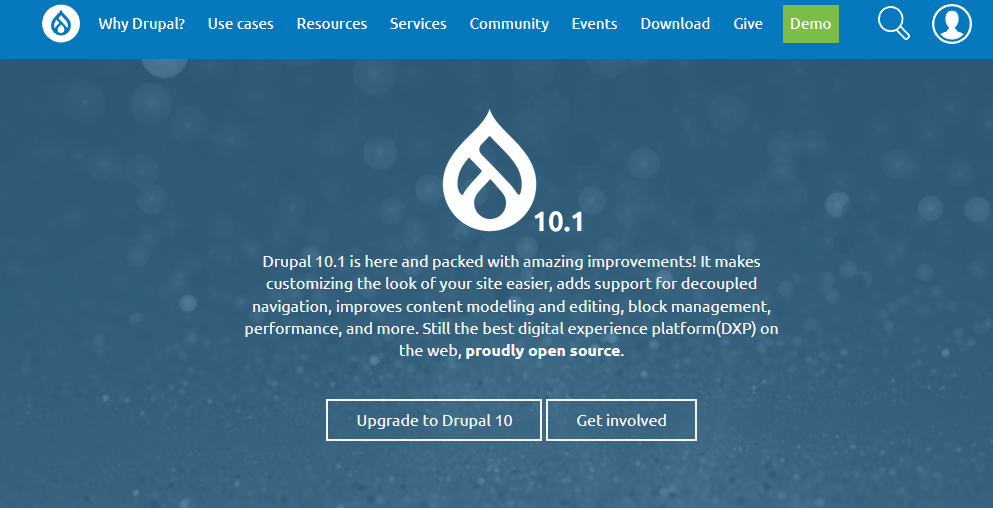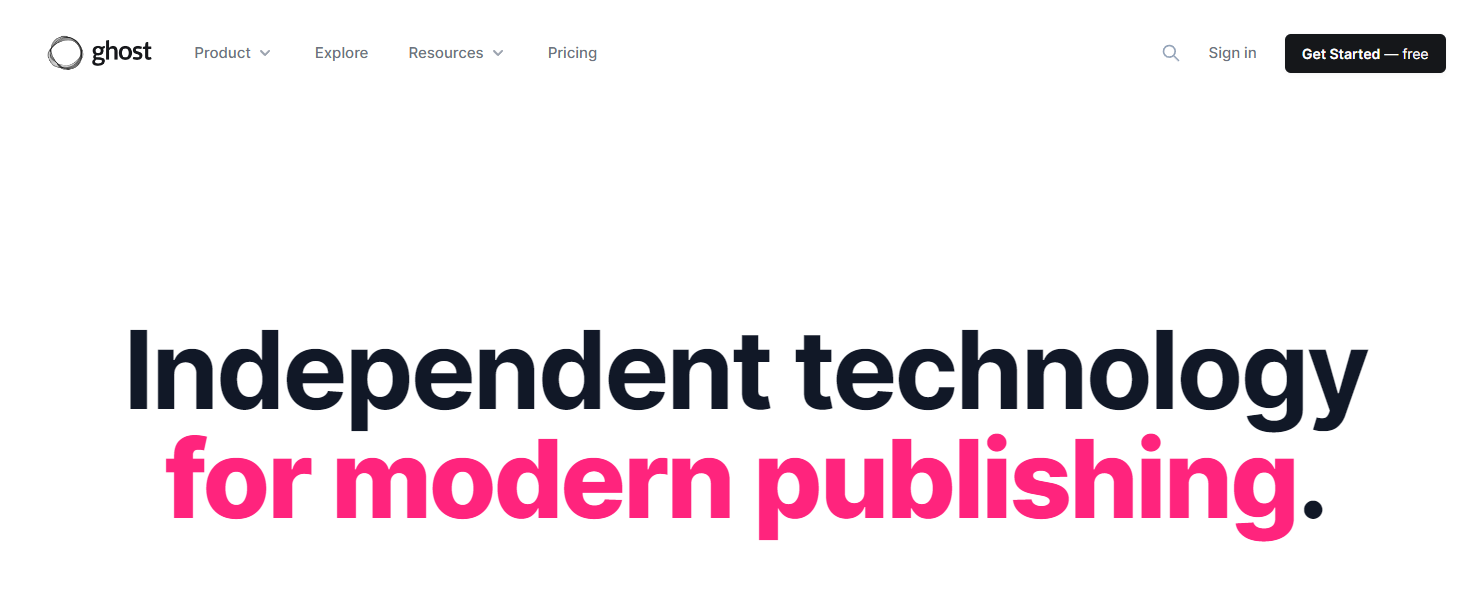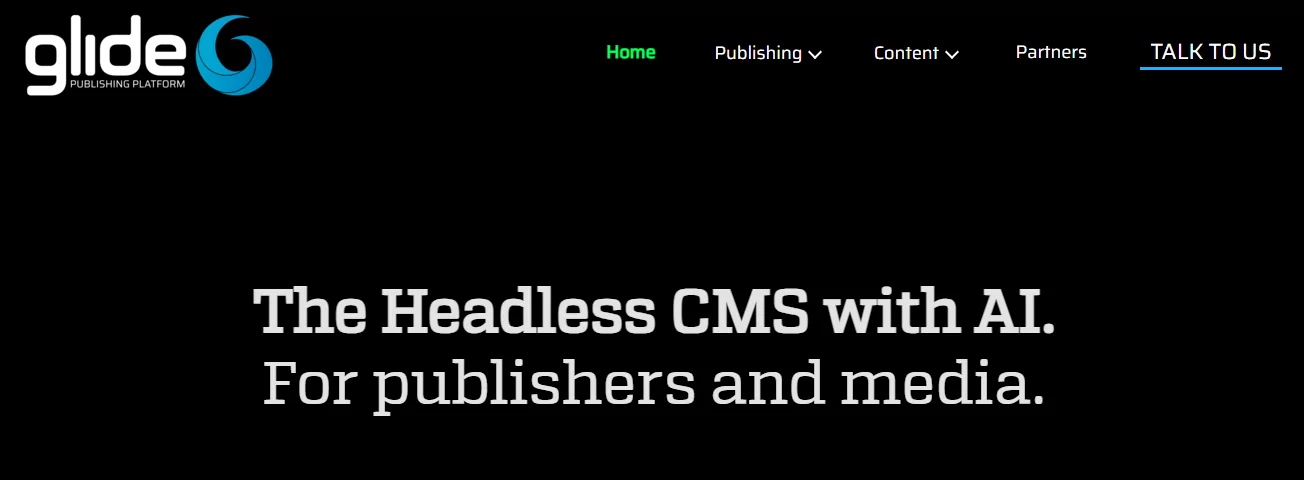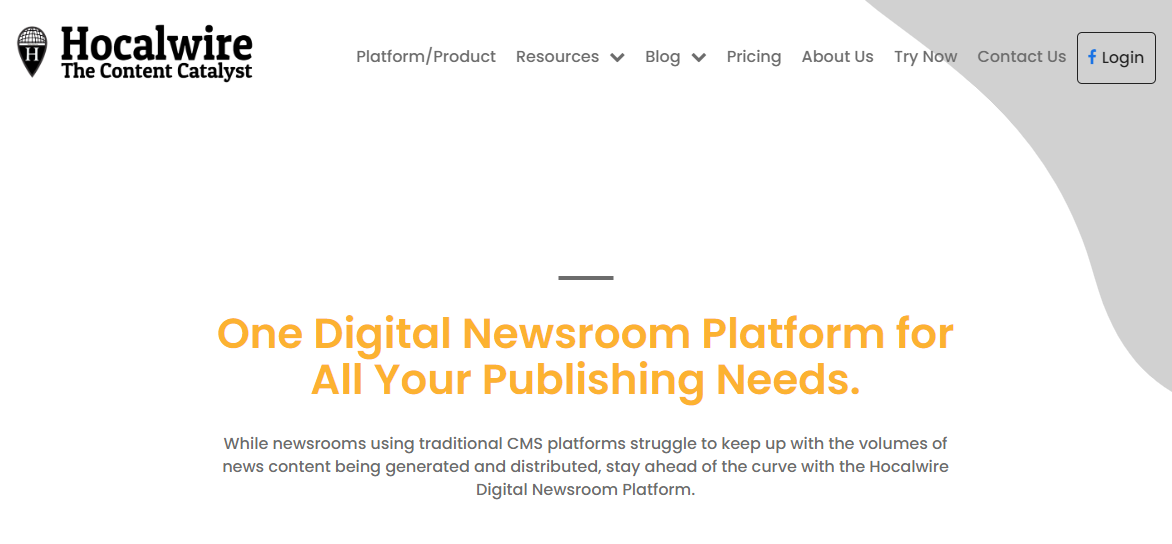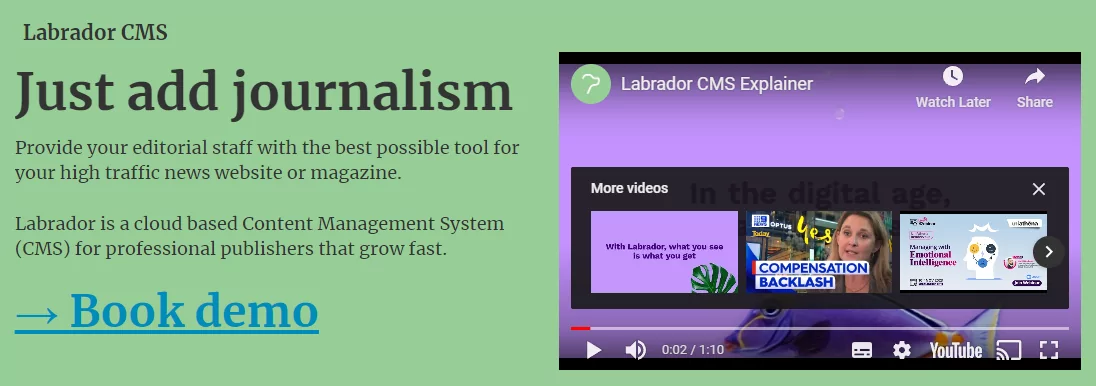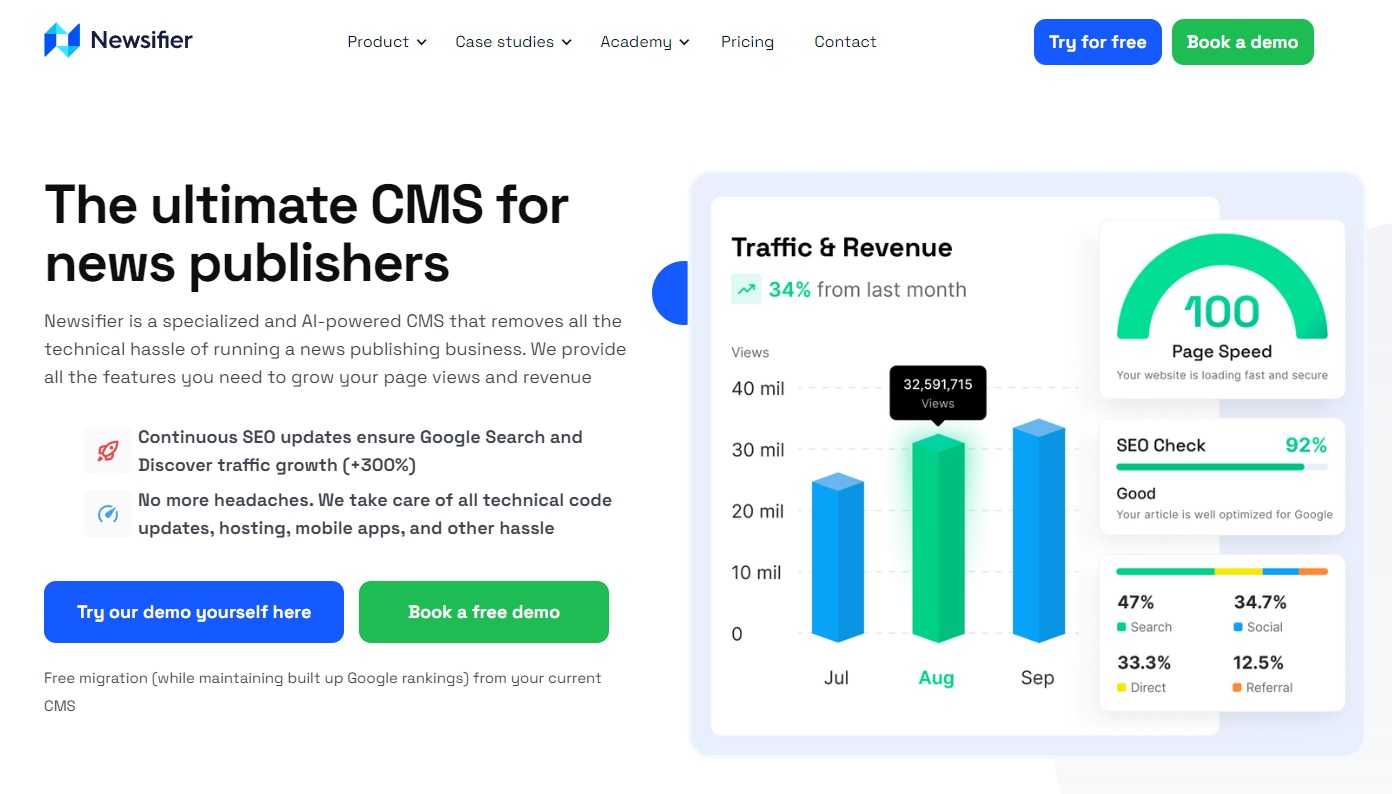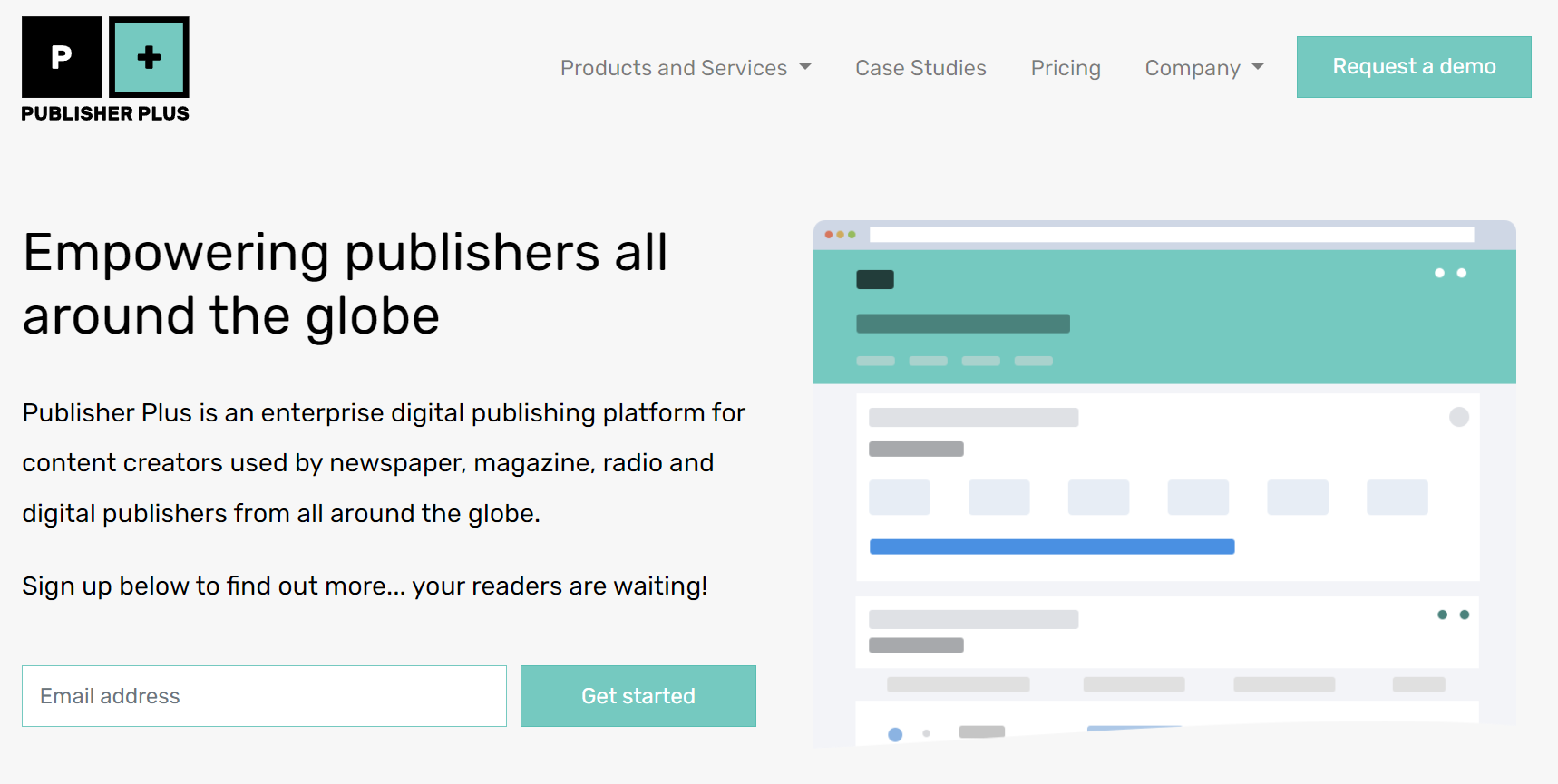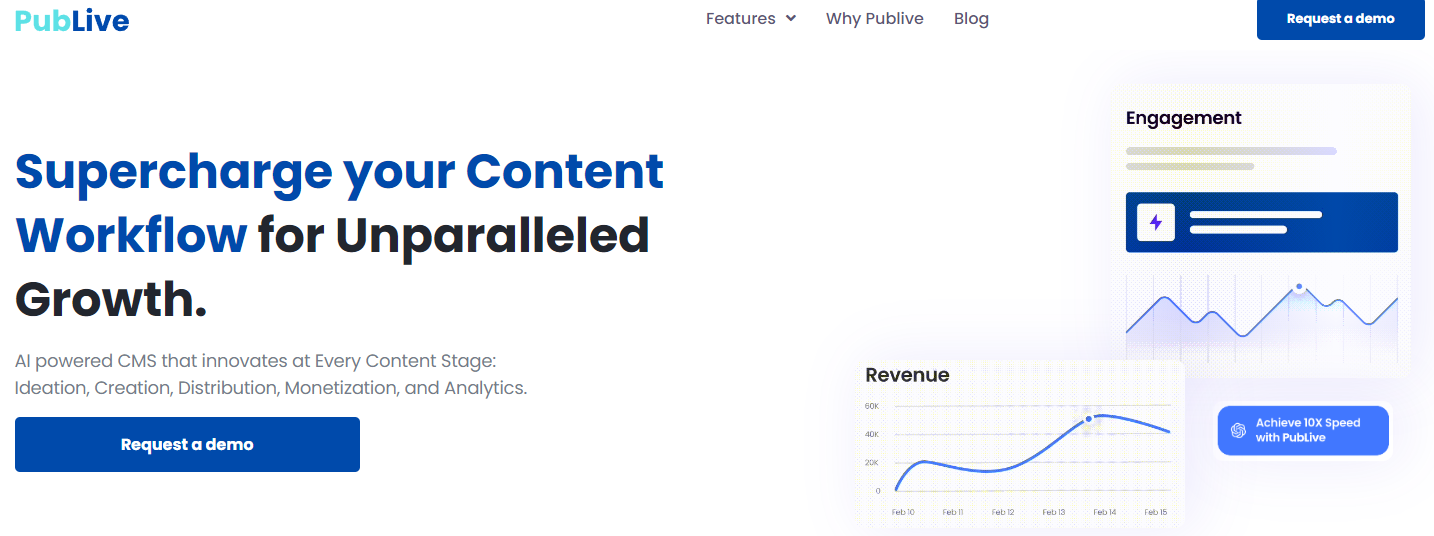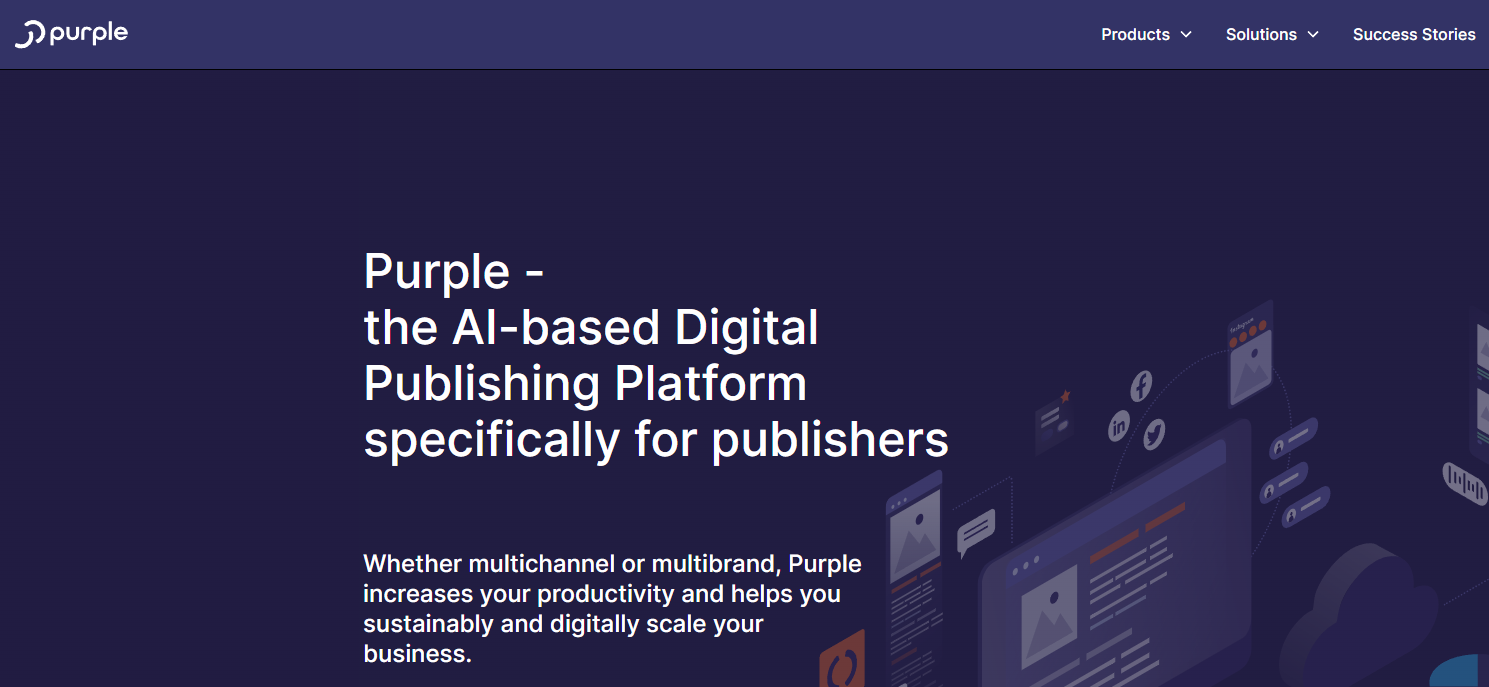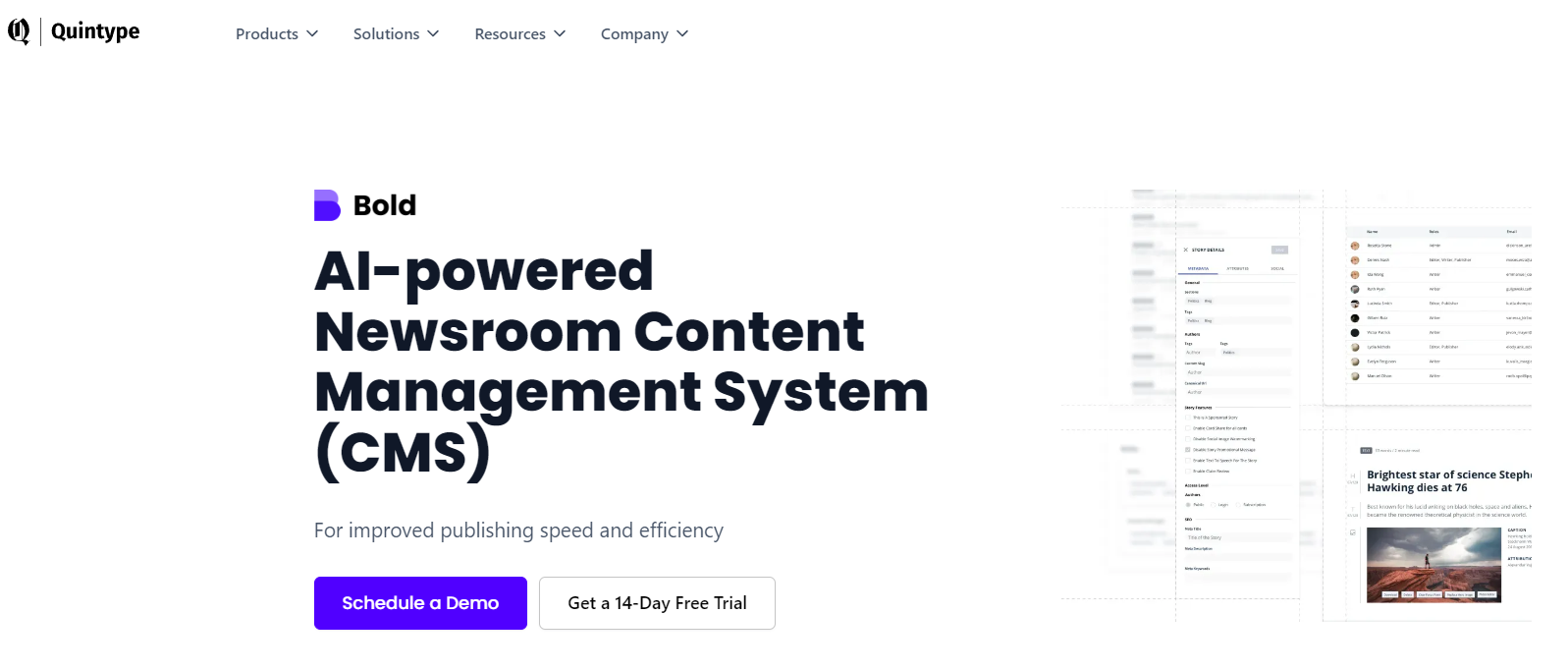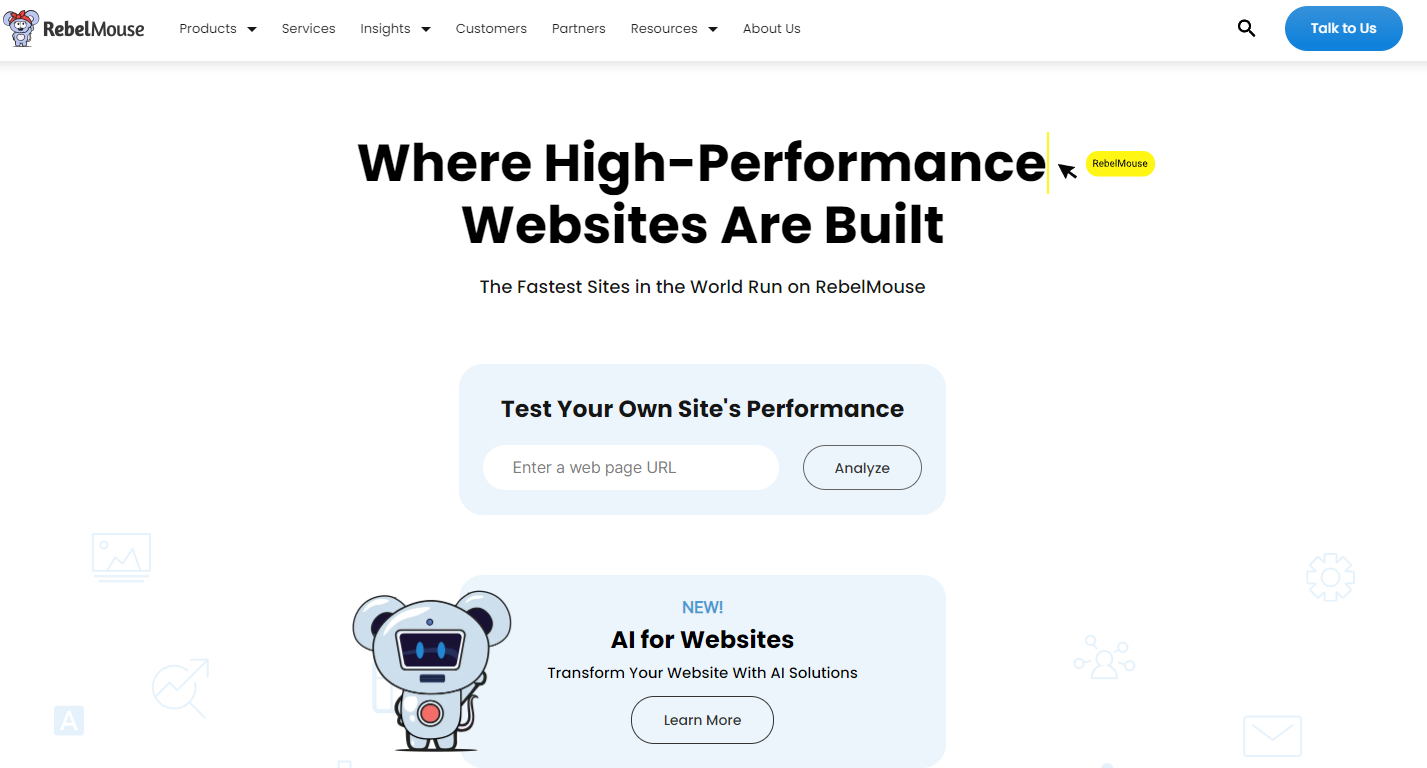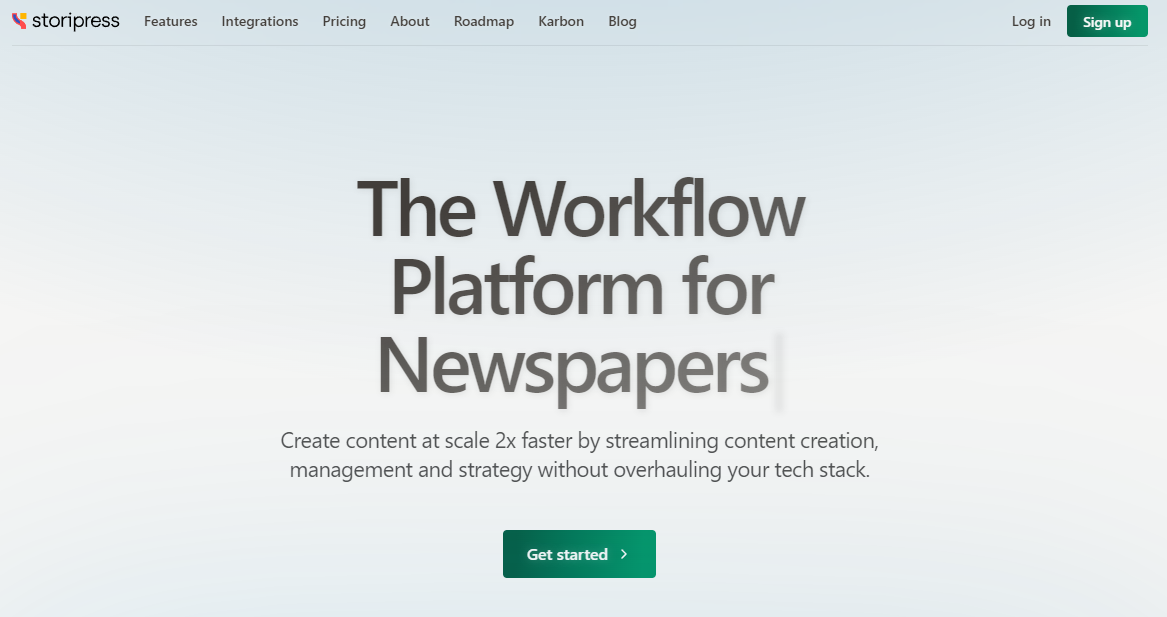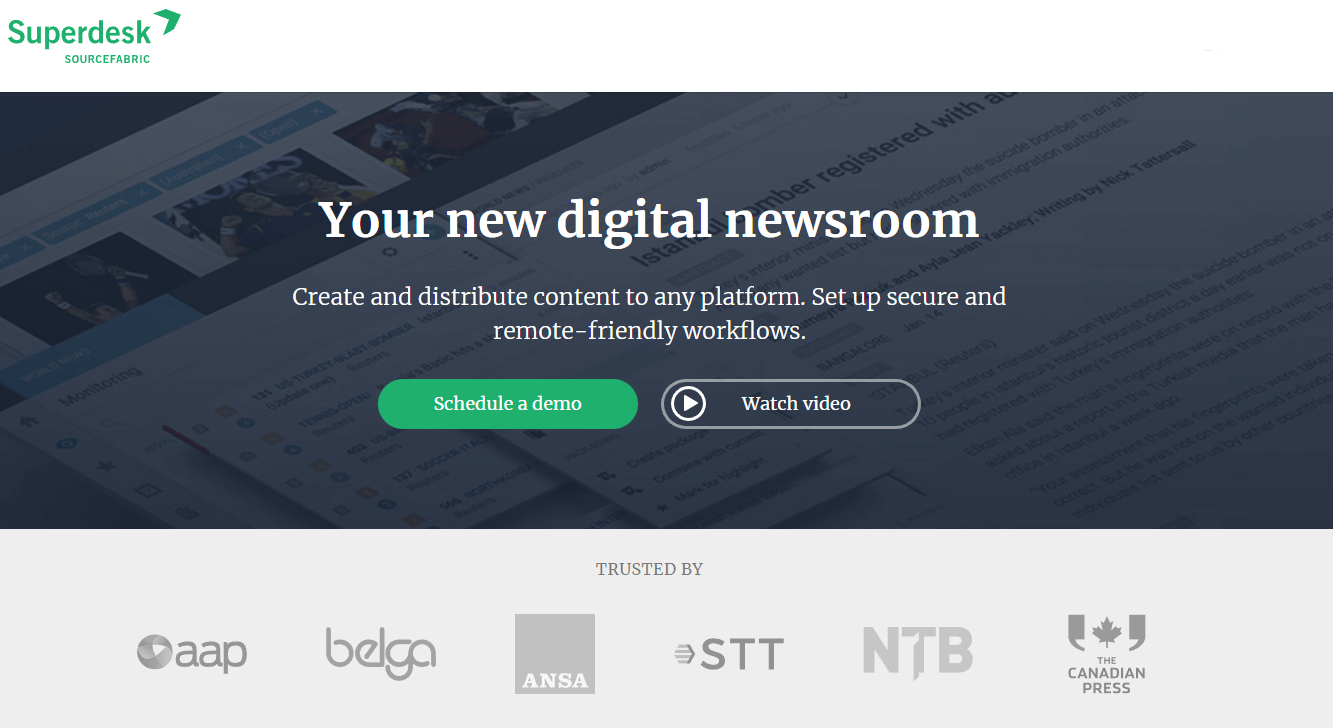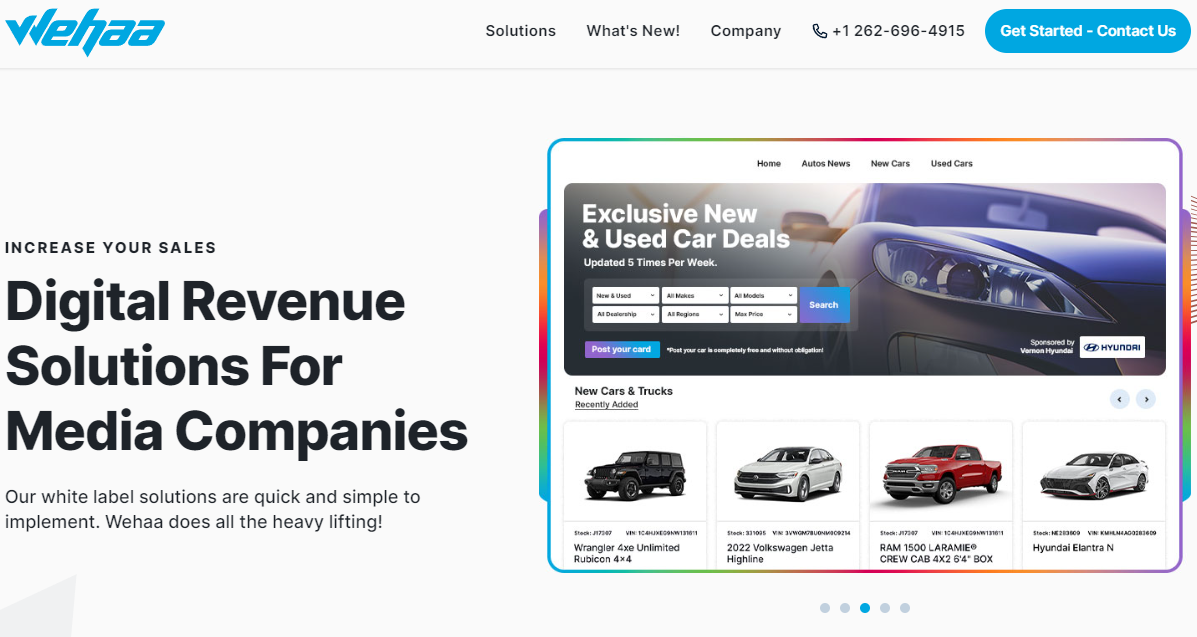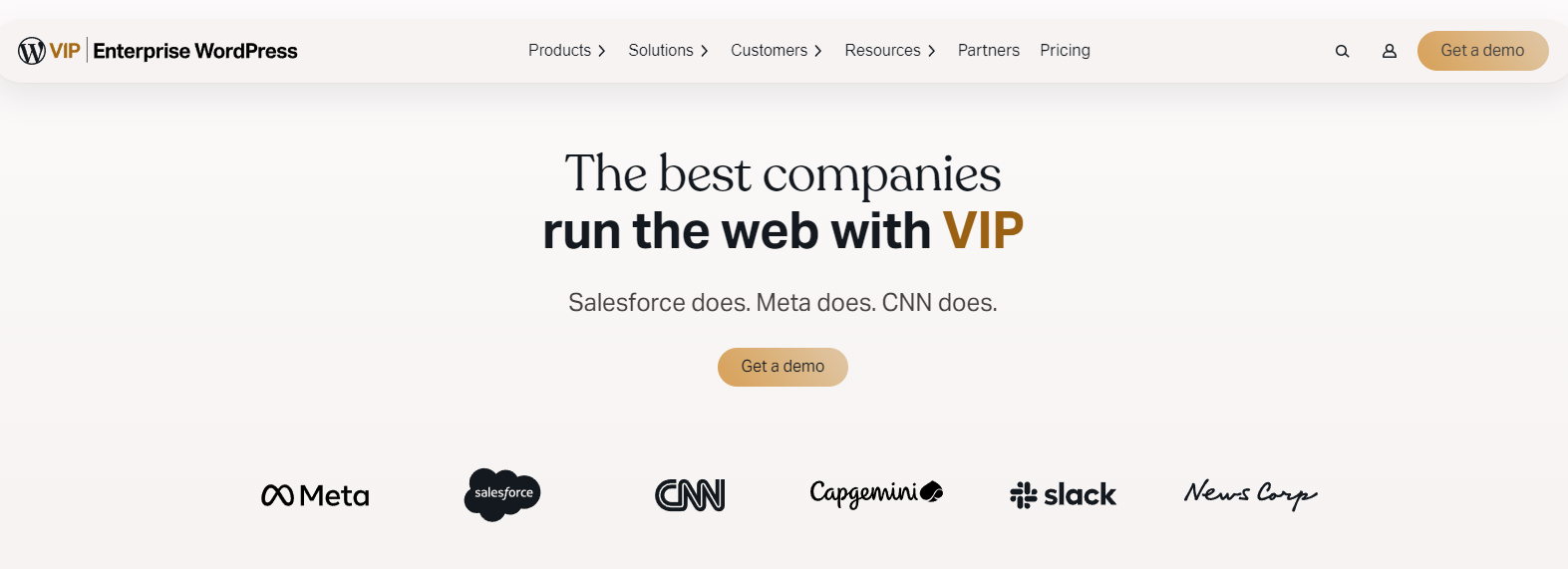Content management systems (CMSs) are an essential component of the publishing industry, pulling together and centralizing key aspects of the editorial process. But with so many options on the market, picking the best CMS for a news website can be daunting.
A good CMS not only simplifies the process of content creation and editing, it also automates content distribution, helping publishers reach audiences through various omnichannel distribution strategies.
A publisher’s choice of CMS affects not only content creation and distribution, but also factors such as search engine optimization (SEO) and site load time. Choosing poorly can have serious consequences on a publisher’s audience engagement.
With this in mind, we’ve organized a list of the 19 best CMS platforms for news websites.
What Is a CMS Platform?
A content management system is an application that allows users to create, manage and publish digital content at scale.
With a CMS, users can create, edit and publish digital content without needing technical knowledge such as coding. The user-friendly interface of a CMS allows users to input text, images, video and other content, and organize it into pages on a website or a blog. CMSs may also provide features for SEO and other tools to help market the content.
6 Reasons Why News Sites Need a CMS
Running a news site can be challenging, especially with the constant pressure to provide accurate and timely information to readers. Without a content management system (CMS), managing and publishing news articles can be a daunting task.
Here are some of the challenges of running a news website and how CMS can help overcome them.
- Managing multiple websites: Many news organizations have multiple websites dedicated to different topics, regions or languages. A CMS can help with this by providing a centralized platform for managing all of these sites.
- Streamlined workflow: News publishing requires a significant amount of content on a daily basis. CMSs can provide a streamlined workflow for creating, editing and publishing news articles quickly.
- Publishing speed: One of a CMS’ main benefits is that it allows news organizations to speed up their publishing process. With a user-friendly interface, journalists can create and publish articles, images and videos without needing technical expertise.
- User engagement: News organizations need to engage with their audience and provide a personalized experience. CMSs can provide tools for managing user accounts, allowing news organizations to personalize content and improve user engagement.
- Mobile optimization: With the dominance of mobile devices, CMSs can provide mobile optimization features, ensuring that news websites are accessible and user-friendly on all devices.
- Analytics and reporting: CMSs can offer insights into website traffic, user behavior, and content performance, helping news organizations make data-driven decisions.
By leveraging a CMS’ power, news sites can stay ahead of the curve and continue to provide their readers with the latest and most relevant news content.
How to Choose the Best CMS Platform for News Sites
There are a few things that set the best content management systems (CMSs) apart from the crowd. These are speed, reliability, feature integration such as omnichannel distribution, automation, modular elements, SEO and scalability.
Let’s briefly look at each of these below before moving on to our list.
Load Times and Reliability
How fast a page loads is important because it can determine its ranking within search engine results pages (SERPs) and it impacts its bounce rate.
According to Google, bounce rates climb by 32% after just three seconds of page loading. In five seconds, that number rises to 90%. Those statistics alone showcase just how important site speed is in this digital era.
Since page speed is a key aspect of core web vitals (CWVs), it can also impact a page’s position in search rankings.
Omnichannel Distribution
Social media is becoming one of the leading sources of news, with nearly one-third of all Americans receiving news from Facebook alone. With such a large portion of readers spread across multiple platforms, it is important for publishers to be able to publish content across multiple media channels simultaneously.
It is an important feature, then, for a CMS to be able to streamline this process down to a single push of a button.
Automation and Templates
Being able to automate several newsroom functions is another key thing to look for when choosing a CMS. Being able to create personalized article templates can dramatically increase productivity levels.
Modularity
The less a content creator has to worry about coding, the more productive they can be. Modular block elements can reduce the amount of effort required for both an article’s design and interactivity.
Modular elements can take the stress out of trying to embed rich media, with images, audio and videos easily added with just a few clicks
SEO
A CMS should automate some aspects of SEO for publishers and be able to make suggestions on how to optimize their content.
Scalability
As a publication steadily grows traffic, the CMS should be able to adapt to that growth without tripping over. Moreover, additional staff members may need to work on the backend as the site expands, and a good CMS should be able to scale here as well.
 Edited by Andrew Kemp
Edited by Andrew Kemp 























